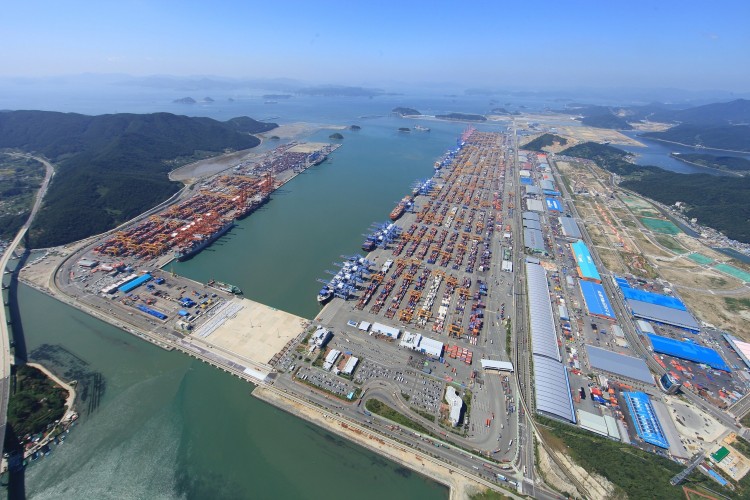Tariff Deal or Standoff? Where U.S.-Korea Talks Stand After New White House Moves

SEOUL/WASHINGTON - After a summer of sweeping U.S. tariff actions, Seoul and Washington say they have a framework to cap most duties on Korean goods at 15%-but the fine print and timing are still in flux. The White House used both IEEPA reciprocal tariffs and Section 232 measures this year, while signaling partner-specific relief. A Congressional Research Service brief confirms that Washington lowered Korea's IEEPA "country rate" to 15% (effective Aug. 7) and pledged to trim auto tariffs to 15%-yet the auto cut has not been implemented. Seoul has even pushed for 12.5% on autos, underscoring how much is still open.
The same CRS note details the broader backdrop: Section 232 steel/aluminum tariffs were lifted to 50% in March and product scope widened; and a new round of sector probes (from copper to pharma and semiconductors) is in motion. That mix has raised costs for Korean exporters even as negotiations chased carve-outs and ceilings.
Where talks stand today. Reuters reports Seoul and Washington have now reaffirmed FX principles-agreeing not to target exchange rates for trade advantage and to share intervention data monthly, mirroring language used with Japan. Notably, a swap line request Seoul wanted isn't part of the deal, a reminder that financial side-letters are being handled cautiously. FX housekeeping matters because South Korea's won has been volatile, and because tariff relief is being weighed alongside macroeconomic signals that influence pricing.
The political optics are tricky. A senior Seoul aide publicly rejected the idea that Korea would "pay $350 billion" for a tariff deal-after U.S. comments implied outsized investment pledges tied to tariff relief. CRS lists investment and purchase commitments discussed by both sides (energy, shipbuilding, advanced industries), but also flags how little of it is written and how much remains unsettled. Translation: the 15% headline number is real, but coverage, carve-outs and enforcement are the moving parts.
What the 15% ceiling actually covers (so far). According to CRS, the U.S. set Korea's IEEPA country rate at 15% and promised to reduce the Section 232 auto tariff to 15%, down from a 25% announcement in March; MFN-style treatment for semiconductors and pharma has been discussed but is not fully clarified. Separately, the White House's executive actions laid out how "reciprocal tariffs" would be adjusted by partner deals (Japan's terms were codified in a September order), and a U.S. official told Reuters that pharmaceuticals under patent in partner deals would honor 15% caps-important for Korean healthcare exporters.
On-the-ground impact. Korea's September trade data show a record export month led by chips, yet U.S.-bound shipments dipped amid tariff friction-evidence that even with ceilings under discussion, incidence is biting at the margin. Automakers are re-routing inventory and, per Reuters, Korea's used-car export boom has helped cushion the blow to new-car sales affected by higher U.S. duties. Steel remains under pressure with the Section 232 rate now 50%. For U.S. buyers, appliance and electronics categories face blended price effects: some relief if the 15% cap sticks, offset by sector surcharges that still reach above that mark in certain lines.
Why the auto piece matters. Until last year, Korean autos entered the U.S. duty-free under KORUS (non-FTA partners faced 2.5%). The 25% auto tariff announced in March upended that baseline; securing 15% (or 12.5% if Seoul prevails) is the economic core of the deal for Korea. The question is "when" Treasury/Commerce will publish the implementing rules, and whether additional sector proclamations (e.g., heavy trucks, furniture, or other lines floated lately) undermine relief promised to partners.
Compliance and litigation risk. CRS notes that IEEPA tariffs are already facing legal challenges in U.S. courts, injecting uncertainty into timelines and retroactivity. Traders are therefore drafting contracts that price a 15% Korea ceiling but bake in change-in-law clauses. Should a court stay any piece of the IEEPA regime, brokers and importers may need to refile entries or seek refunds-administratively messy, but not unprecedented.
Bottom line for readers. The U.S.-Korea tariff story has two tracks: (1) a political framework to cap Korea at 15% (with autos still pending) and (2) a rolling sequence of sector tariffs and FX housekeeping that can narrow or widen real-world relief. Until the auto order and any MFN-style carve-outs are written, companies should assume 15% IEEPA applies, watch for sector proclamations, and budget for steel at 50%. Households may see gradual price adjustments rather than a single shock; for exporters, the focus shifts to timing and text of the next U.S. notices.



